Both genomic models tested significantly enhanced prediction accuracy compared to the pedigree-based model, with the most notable improvement observed in virus resistance
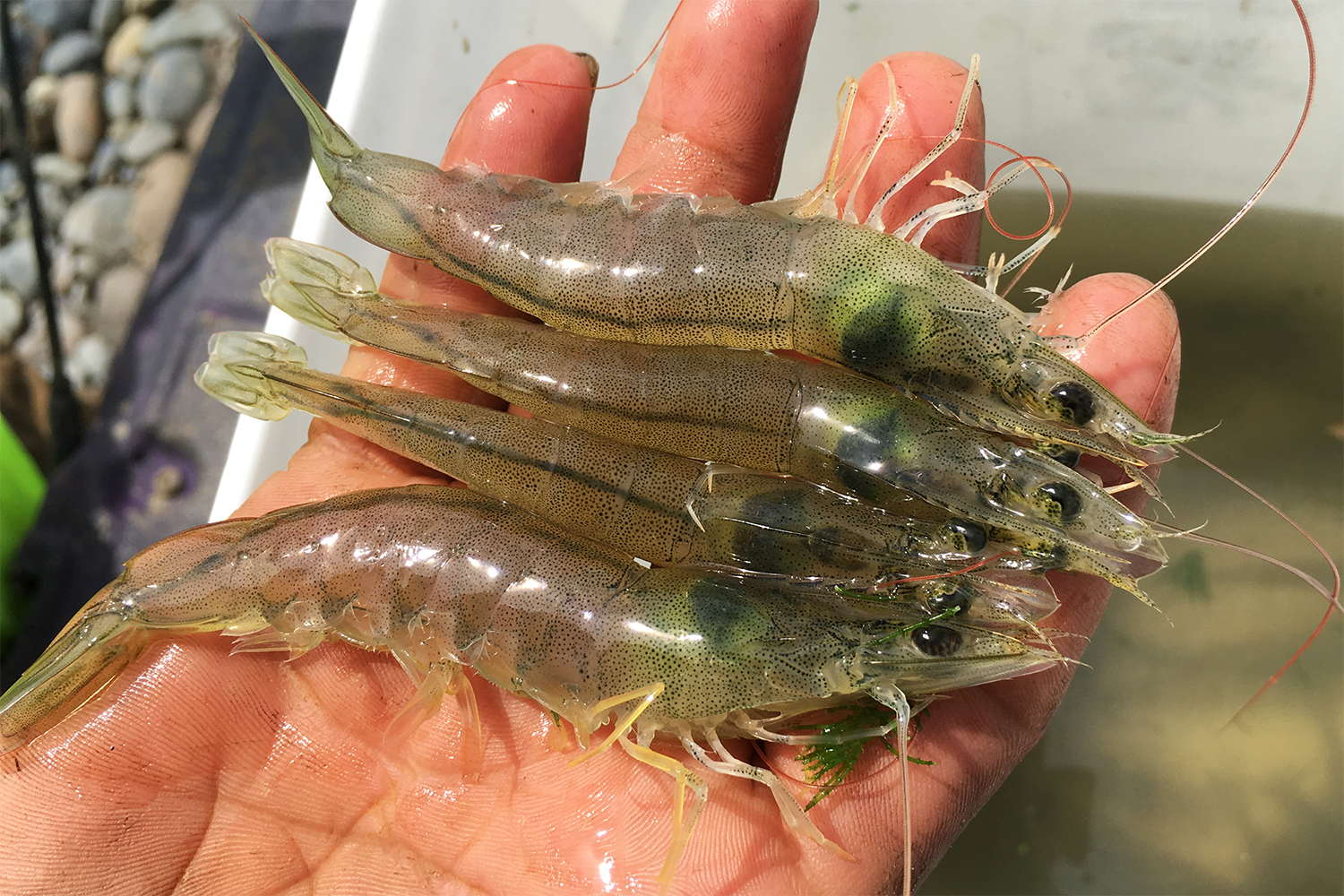
The Pacific white shrimp (Litopenaeus vannamei) was introduced to China in 1988 and its aquaculture production has increased very rapidly. However, the shortage of superior germplasm resources severely limits the development of the shrimp aquaculture industry in China. With the continuous expansion of the shrimp farming scale and the adoption of high-density intensive farming models, disease outbreaks are becoming more frequent during the farming process. The White Spot Syndrome Virus (WSSV) has been particularly devastating since 1992.
Selective breeding presents a potent strategy for disease control. So far, the National Certification Committee for Aquatic Varieties of China has endorsed twelve novel varieties of L. vannamei, with growth the trait of paramount interest to the industry, and 11 out of these 12 varieties exhibit superior growth characteristics. But there is an urgent market demand for breeding new varieties that combine both growth rate and WSSV resistance.
The precise estimation of genetic parameters for objective traits is fundamental to breeding programs, particularly in guiding the formulation of selection indices, breeding stock retention, and mating strategies. Numerous studies have documented the heritability levels of shrimp resistance to WSSV. Given the intricate genetic backgrounds of different populations of L. vannamei, the assessment of genetic parameters is significantly influenced by the population structure, infection methods, and evaluation methods.
This article – summarized from the original publication (Sui, J. et al. 2024. Estimation of Genetic Parameters for Growth and WSSV Resistance Traits in Litopenaeus vannamei. Animals 2024, 14(12), 1817 – reports on a study to estimate genetic parameters of growth traits and resistance to white spot syndrome virus in Pacific white shrimp.
Study setup
The experimental shrimp used in this study were from the G1 population established in Bangpu Seed Technology Co., Ltd., Weifang City, Shandong Province, China. Eight batches of L. vannamei commercial populations were introduced from the United States and Ecuador in 2019, with four batches being highly resistant groups and four batches being rapidly growing groups. Twenty families were produced within six days through mating between selected male and female shrimps in a 1:1 ratio within each group, which were tested to be free of Taura Syndrome (TSV), hypodermal and hematopoietic necrosis (IHHNV), acute hepatopancreatic necrosis disease (AHPND) and WSSV.
This study conducted growth and WSSV resistance tests on progeny lineages derived from these imported populations. By combining phenotypic, genotypic, and pedigree data, an estimation was carried out of genetic parameters associated with body weight (BW), overall length (OL), body length (BL), total length (TL) and WSSV resistance traits utilizing various genomic methodologies.
These methodologies included Genomic Best Linear Unbiased Prediction (GBLUP), highly regarded for its improved selection accuracy enabling the evaluation of Mendelian sampling across individuals using genome-wide markers. However, the sequencing of a large number of breeding individuals remains significantly costly. To address this, the Single-Step Genomic Best Linear Unbiased Prediction (ssGBLUP) method was devised, which incorporates a pedigree-genomic relationship matrix. GBLUP has been used to estimate genetic parameters related to resistance against Vibrio parahaemolyticus in L. vannamei and for both growth and disease resistance in the banana shrimp (Fenneropenaeus merguiensis). These studies have demonstrated considerable predictive accuracy in genetic assessments conducted using both GBLUP and ssGBLUP.
For detailed information on the experimental design, animal husbandry, sampling, data collection and analyses, refer to the original publication.
Estimating heritability of WSSV resistance in Pacific white shrimp
Results and discussion
In the selective breeding of L. vannamei, growth traits like BL and BW are primary targets, garnering constant attention from breeders. Hence, precise estimation of genetic parameters becomes fundamental for estimating breeding values, formulating breeding programs, and elucidating genetic mechanisms underlying these traits. however, the predominant approach in these studies has been the utilization of another genomic method, the Pedigree Best Linear Unbiased Prediction (pBLUP) which relies on pedigree information. Numerous investigations globally have delved into estimating genetic parameters for growth traits in L. vannamei.
In this study, the pBLUP method was combined with the phenotypic data of 1017 individuals from 20 families to assess the heritabilities of the BW, OL, BL, and TL traits in L. vannamei, which were found to be 0.810 ± 0.103, 0.654 ± 0.201, 0.690 ± 0.205, and 0.399 ± 0.158, respectively. The heritability of estimated BW showed a considerable level, which may be significantly influenced by the dataset (population structure) and testing environment. The dataset is relatively small, with only 1014 individuals ultimately included in the analysis.
The pedigree depth of test individuals is only two generations, and the parental individuals are sourced extensively and considered unrelated. Variations between families are mainly attributed to genetic differences. During the two-month communal culture period, the stocking density was relatively low (22 animals per square meter), allowing for significant individual growth differences, with a high coefficient of variation in individual weight (32.2 percent). These factors significantly impacted the results of the genetic parameters, and further studies should increase the number of test individuals.
WSSV has always been a major focus of research in L. vannamei, and selective breeding for resistance traits to this major virus is the next step for breeders. Compared to growth traits, fewer studies have reported on the assessment of genetic parameters for WSSV resistance in L. vannamei.
In this study, the heritability of the WSSV resistance trait in L. vannamei assessed based on the pBLUP method was not significantly different from 0 (p > 0.05). Additionally, it had a prediction accuracy of 0.186 ± 0.058 and a bias of 1.620 ± 0.215, suggesting relatively low prediction accuracy and relatively high bias compared to the growth traits. When genotype information was combined for assessment based on the GBLUP method, the prediction accuracy increased by 63.44 percent, bias decreased by 26.48 percent, and the resulting heritability was 0.088 ± 0.081.
Furthermore, when both pedigree and genotype information were combined for assessment based on the ssGBLUP method, prediction accuracy increased by 122.58 percent, bias decreased by 50.12 percent and the resulting heritability was 0.198 ± 0.066.
It has been demonstrated that there exists a strong positive correlation between growth traits in L. vannamei, suggesting a close linkage between the genes governing body weight (BW) and favorable outcomes (body length (BL). Consequently, simultaneous selection for BW alongside BL can yield more. In this study, we estimated the genetic and phenotypic correlations among BL, BW, OL, and TL traits using various assessment models that incorporate genotypic information. Our findings echoed previous studies, indicating minimal effects of the models on genetic correlations and phenotypes.
Additionally, we investigated the genetic and phenotypic correlations between growth and WSSV resistance traits using different models. Our results revealed that the models had a relatively minor impact, with growth and WSSV traits exhibiting genetic correlations ranging from −0.198 to −0.019 and phenotypic correlations from −0.443 to −0.115.
Genetic correlation studies between growth and viral disease resistance often show negative associations in aquatic animals. For example, Argue and co-workers reported a genetic correlation of −0.46 between growth and Taura syndrome resistance in shrimp. And Fu and co-workers found genetic correlations ranging from −0.034 to −0.573 between growth and WSSV resistance. In fish, Bangera et al. reported genetic correlations of −0.25 and 0.032 between growth rate and vibriosis and viral nervous necrosis, respectively, and both were not significantly different from zero. And Cock et al. proposed that resistance genes may encounter antagonistic selective pressures, leading to an equilibrium frequency that falls short of complete fixation.
Given the prolific reproductive capacity of shrimp, extensive collection of diverse populations allows for the construction of numerous families for resistance testing, facilitating the identification of resistance sources even at low frequencies. It is imperative to incorporate economic weighting coefficients or percentage allocations for both growth traits and WSSV resistance traits in L. vannamei breeding programs. Developing a multi-trait composite selection index can facilitate the assessment and selection of high-quality broodstock.
Perspectives
This study demonstrated that the heritability of growth-related traits obtained from the GBLUP and ssGBLUP methods was lower than that obtained from pBLUP, whereas the heritability of WSSV resistance was higher than that obtained from pBLUP. The predictive accuracy of growth traits and WSSV resistance obtained from the GBLUP and ssGBLUP methods was higher than that from the pBLUP method, with lower predictive biases than pBLUP. The genetic correlations of growth and WSSV resistance obtained from the three methods were low negative. This study’s findings offer methodologies and valuable insights for assessing genetic parameters in L. vannamei, laying the groundwork for future breeding programs and variety development.
Now that you've reached the end of the article ...
… please consider supporting GSA’s mission to advance responsible seafood practices through education, advocacy and third-party assurances. The Advocate aims to document the evolution of responsible seafood practices and share the expansive knowledge of our vast network of contributors.
By becoming a Global Seafood Alliance member, you’re ensuring that all of the pre-competitive work we do through member benefits, resources and events can continue. Individual membership costs just $50 a year.
Not a GSA member? Join us.
Author
-
Dr. Xianhong Meng
Corresponding author
State Key Laboratory of Mariculture Biobreeding and Sustainable Goods, Yellow Sea Fisheries Research Institute, Chinese Academy of Fishery Science, Qingdao 266071, China; and
Laboratory for Marine Fisheries Science and Food Production Processes, Qingdao Marine Science and Technology Center, Qingdao 266237, China
Tagged With
Related Posts
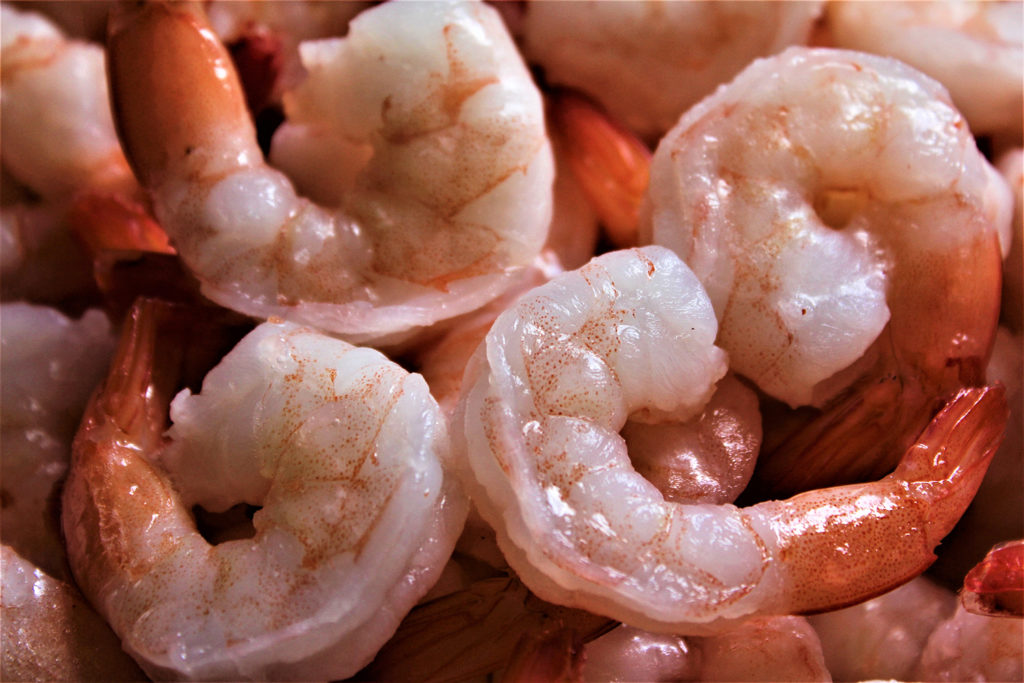
Health & Welfare
Assessment of transmission risk in cooked, WSSV-infected shrimp
Exported cooked shrimp infected with White Spot Syndrome Virus (WSSV) and tested positive by PCR is considered a risk factor for the introduction of the pathogen.
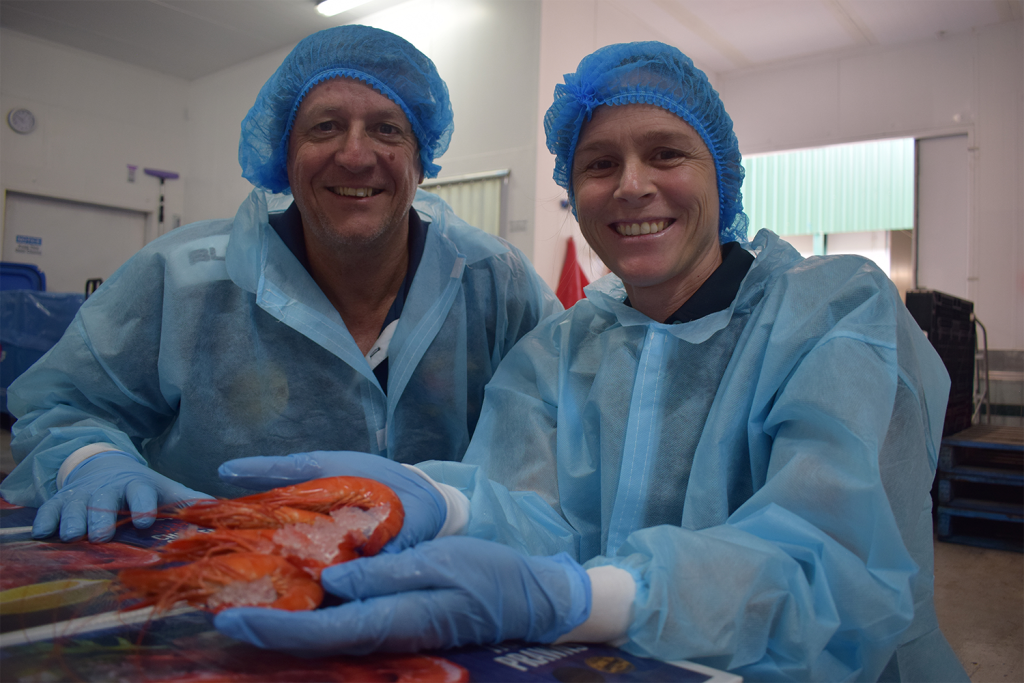
Health & Welfare
Australian shrimp growers demonstrate how to farm black tigers with WSSV knocking on their door
Successfully producing black tiger shrimp in the presence of White Spot Syndrome Virus shows the drive and toughness of shrimp producers Down Under.
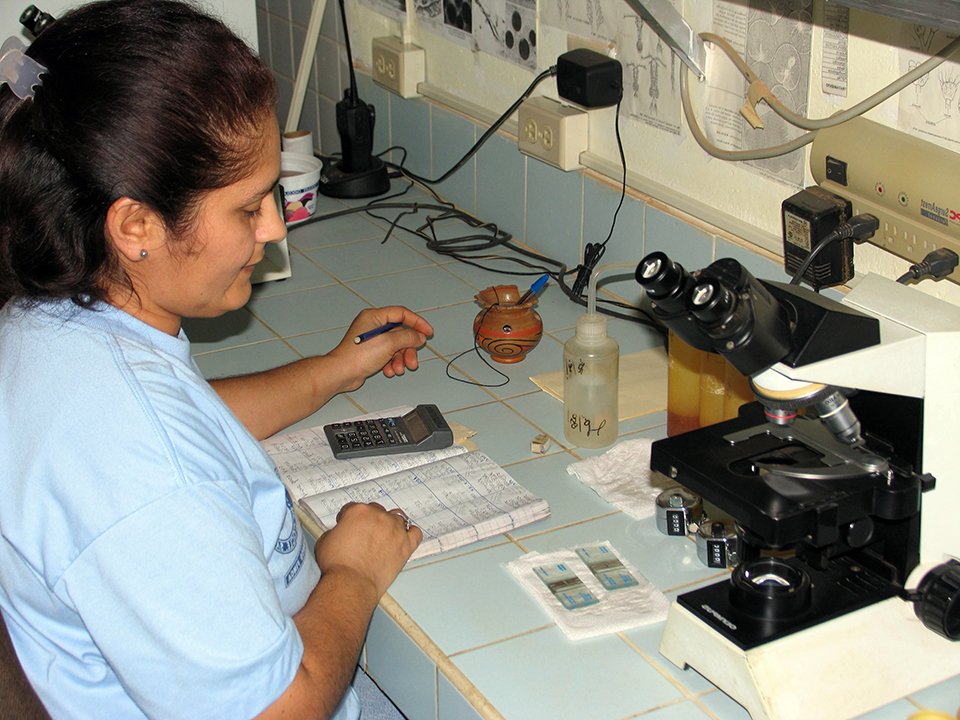
Health & Welfare
Effective management of WSSV in shrimp
As research on WSSV continues, commonsense steps can lessen the potential impacts of white spot syndrome virus on shrimp-farming operations.
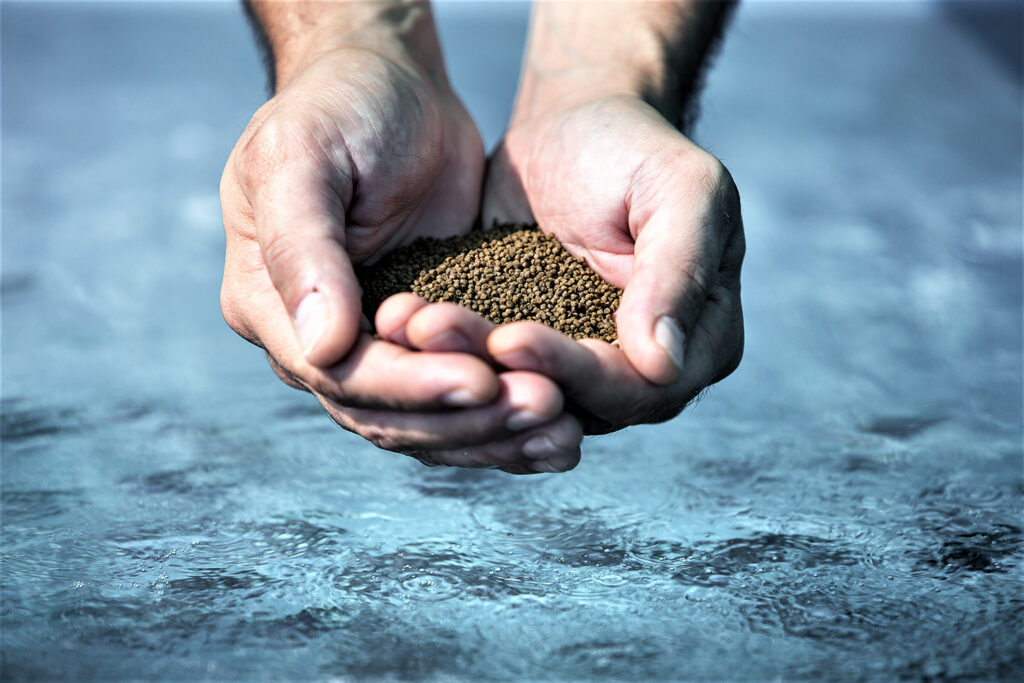
Aquafeeds
Go beyond PCR for better aquafeed biosecurity
Authors discuss issues with using polymerase chain reaction (PCR) for pathogen detection regarding the biosecurity of formulated aquafeeds.



